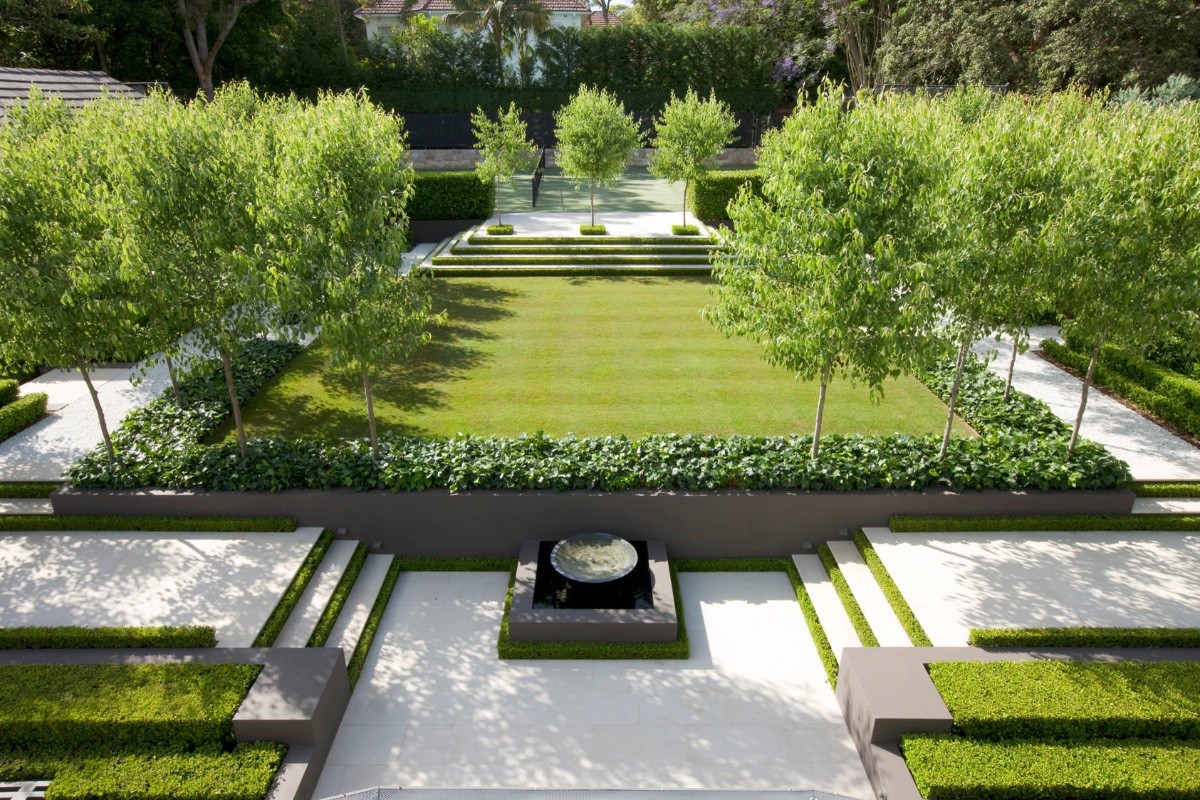Building a gorgeous outdoor area becomes an thrilling adventure that combines imagination with nature. Regardless of whether your space features a vast sprawling garden and a quaint external yard, grasping how to use vegetation for landscaping has the potential to entirely change the look of your environment. From lively plants and rich foliage plus eye-catching hardscaping elements, each component plays a role in your visual appeal and purpose in your garden. As we explore numerous landscaping themes, you will discover how to make knowledgeable selections of vegetation that reflect your preferences and enhance its surroundings.
This article, we will examine a range of themes within landscaping, sharing motivation to all individual. In this article, you will learn regarding the advantages of incorporating plants that change with the seasons to ensure year-long beauty, the importance of picking native species for sustainability, and the technique of merging hardscapes with softscapes. Armed with actionable suggestions plus new trends, we strive to assist you design your breathtaking garden haven customized for your preferences. Be prepared to brighten your yard as well as improve your time spent outdoors.
Greatest Landscape Decor Ideas
One popular concept for landscape design is adding native vegetation into your landscape. Native flora are suited to the local climate and ground, making them easier to care for and more resilient against pests and illnesses. They can also nurture local animals and foster ecological diversity. By creating a yard filled with indigenous flora, you can not just enhance the visual charm of your outdoor area but also foster a flourishing ecosystem.
Another effective strategy is to include structural components into your plan. Elements like stone pathways, outdoor spaces, and retaining walls can provide form and aesthetic value to your garden. These hardscape elements provide practical spots for hosting guests, or merely enjoying. When combined with soft components like plants, hard landscapes can create a harmonious and welcoming environment that enhances your outdoor living experience.
Lastly, consider designing with shade in mind. The use of bright blooms, greenery, and strategic plant placement can bring energy to your landscape. Choosing flora that flower at diverse intervals of the season ensures that your landscape offers visual appeal throughout the year. By coordinating hues and patterns, you can create a gorgeous setting that matches your residence and shows your individual taste.
Transforming Your Outdoor Space

To modify your outdoor space, start by identifying the highlights within your yard. Think about adding elements that capture the eye, such as a colorful flower bed, an elegant water feature, or distinctive outdoor art. These attributes should showcase your own aesthetics and enhance your home’s design, creating a unified look that enhances overall appeal. Don't forget to balance these highlights with adjacent greenery to preserve an appealing atmosphere.
Incorporating varied plant choices is crucial for creating a visually stunning landscape design. Choose plants that flourish in your neighborhood climate and soil conditions to secure enduring appeal and easy upkeep. Mixing textures, heights, and colors can introduce depth to your yard; for example, matching tall ornamental grasses with colorful perennials creates an inviting contrast. Don't forget to think about seasonal interest, picking plants that offer blooms and foliage changes throughout the year.
Lastly, incorporate functional elements that promote outdoor living. Click for more inviting seating areas using cozy furniture, shade structures, or hardscaping features like patios and pathways. Adding lighting can elevate your design further, enhancing the ambiance and increasing the usability of your outdoor space into the evening. By thoughtfully evaluating these aspects, you can craft a sanctuary that invites relaxation and social gatherings, making the most of your landscape design.
Selecting the Appropriate Plants
When selecting plants for your yard design, it is crucial to consider the specific factors of your yard. Considerations such as light exposure, soil composition, and water availability will greatly influence which species succeed in your environment. Analyze your yard throughout the day to identify areas of full sun, filtered light, and complete shade, and opt for species that are appropriate for each zone. This thoughtful assessment will assist you craft a lively and healthy landscape.
In addition to environmental elements, reflect on the overall look and style of your outdoor space. Varied plants contribute different textures, colors, and seasonal interests to your landscape, enabling you to create a harmonious look. For a contemporary landscape, select streamlined and minimalistic plant choices, while classic designs might suit vibrant, blooming perennials and aesthetic shrubs. Take time to research the most suitable plants for each design, confirming they align with your vision.
Finally, think about including native plants into your garden. Native species are perfectly suited to the local environment and soil characteristics, making them simpler to look after and more beneficial for native fauna. These species often need less irrigation and fertilizer, contributing to a more sustainable garden. By selecting the best variety of flora, you can develop a stunning and flourishing landscape that enriches your outdoor space for the long term to follow.
